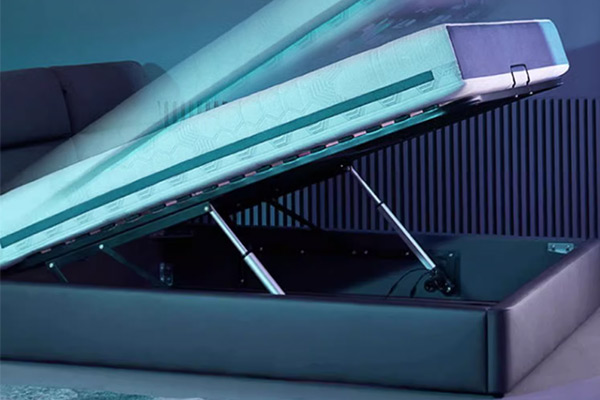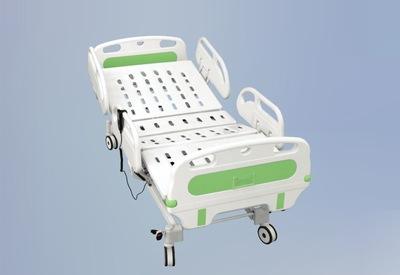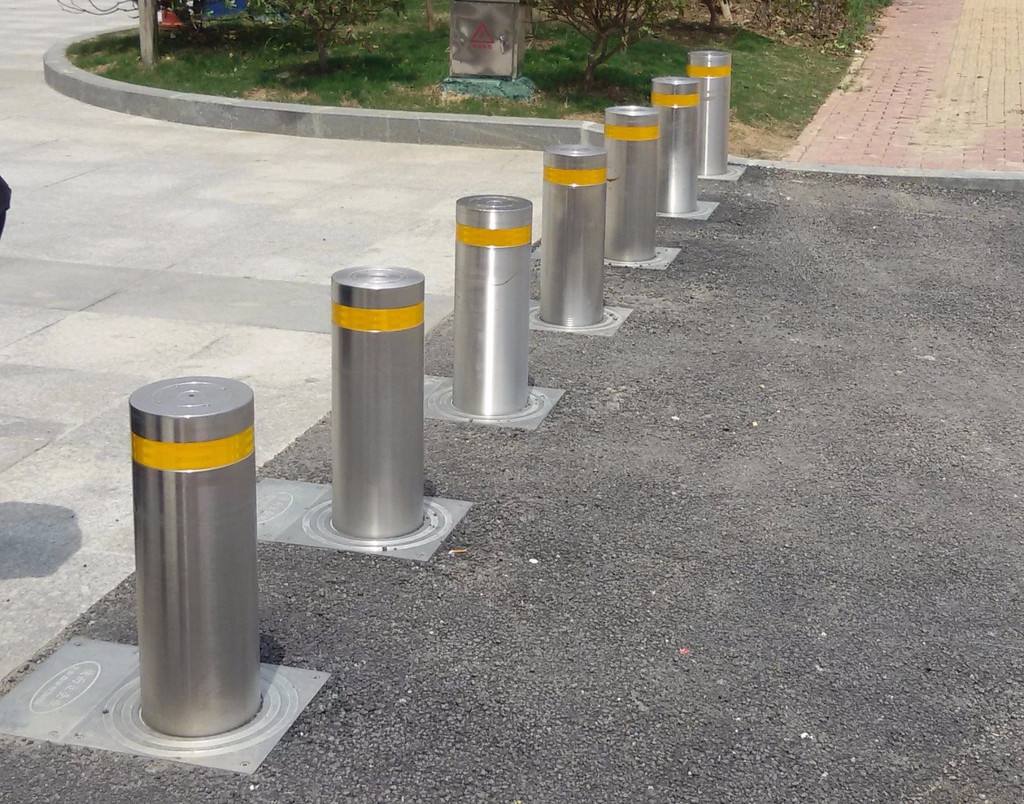What are the advantages of electric actuator applications?
Electric actuators outperform hydraulic and pneumatic in many applications, giving you smooth and trouble-free transitions.
The replacement of electric actuators is simple and long-term advantages have been proven, including smaller component footprint; better control and accuracy; reduced maintenance costs; energy costs and noise; and more environmental sustainability.
In addition, electric actuators can communicate with the machine's electronic control unit (ECU), reducing the need for multiple single-function controllers. These electric actuators can accept commands and provide status information in return, such as position and speed, and safety-related data (such as load or temperature).
Electric actuators can replace complex hydraulic or pneumatic systems, greatly simplifying design and implementation, providing better performance and reducing service life.
First, better control
Low operating force of electric actuators, reducing operator workload
Joystick or remote control for multiple actions to increase productivity and operator safety
Multiple digital and analog feedback options
Low voltage switch option to interface with programmable PC / PLC controller
Pulse width modulation (PWM) for variable speed control
Better static load handling
Keep power in place when off-no pump required
No drift when power is off
Third, higher accuracy
Better positioning
Better repeatability
Immediate command response time (as opposed to hydraulic / pneumatic delay)
Fourth, reduce maintenance
No pumps, valves or hoses, reducing the total number of parts
Independent unit eliminates access requirements for location flexibility
No need to resize or change to add components
Stroke limit switch for longer life
No maintenance of liquids, no need to repair leaks
Five, reduce the overall system cost
Longer component life
Redundancy through manual overload
Battery powered, no parasitic power consumption, no system upgrade required
No pump operation or current consumption is required to maintain the position because power is consumed only when moving the load
Six, less noise
No pump, air pressure or fluid means smooth, quiet operation
No sound when the cylinder does not move the load
Seven, clean environment
Less total power required to move the load
Never need liquids, chemicals or solvents: no environmental pollution or leaks
Compact design is easier to manufacture
Regional manufacturing reduces carbon footprint
Switch the smart switch to the electric linear actuator. Thomson can achieve this.





